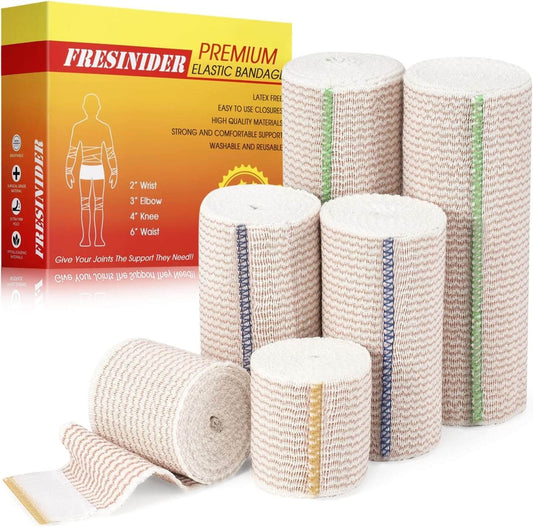What is a hydrocolloid roll—and why not just buy pre-cut patches?
A hydrocolloid roll is a continuous sheet of hydrocolloid dressing you trim to any shape. Compared with pre-cut pimple patches, a roll is:
- More flexible (custom shapes for nose wings, jawline curves, and clusters).
- More economical if you go through patches quickly.
- Great for “in-between” sizes when dots are either too small or too big.
Hydrocolloid itself is a hydrocolloid dressing that turns into a soft gel as it absorbs exudate and protects the area while skin repairs.
How hydrocolloid helps acne (the science—in plain English)
- Absorbs fluid from surface pimples. Hydrocolloid draws out pus/exudate and swells into a gel “bubble.” That reduces oozing, friction, and the urge to pick, which helps a spot flatten faster.
- Acts as a clean barrier. By sealing the blemish from hands, pillowcases, and makeup brushes, it helps keep the area protected as it heals.
- What it doesn’t do: Hydrocolloid doesn’t kill acne bacteria or unclog pores unless the product adds an active like benzoyl peroxide or salicylic acid. It’s best for shallow, fluid-filled pimples—not deep cysts.
Editor’s note: Recent randomized data reported in dermatology literature supports hydrocolloid patches for inflammatory lesions versus control, but they’re adjuncts—not replacements—for guideline-based acne therapy.

Is a hydrocolloid roll right for your breakout?
Best match
- Whiteheads/pustules (fluid is near the surface).
- Freshly popped or slightly open, shallow blemishes you want to protect.
- Areas irritated by masks, helmets, or straps (patch reduces friction).
Limited benefit—consider actives or a derm
- Cystic or deep, painful nodules: hydrocolloid can’t reach the core.
- Use evidence-based topicals (retinoids, benzoyl peroxide) or consult a dermatologist.
Step-by-step: How to cut and apply a hydrocolloid roll for acne
- Cleanse → dry completely. Hydrocolloid sticks only on dry skin. Gentle cleanser + full dry is enough.
-
Cut your shape:
- Single spot: 8–12 mm dot (rounded corners reduce lifting).
- Clusters: a strip to cover several close bumps.
- Curved zones (nose wings/jawline): a C or U-shape that hugs contours.
- Warm and press. Hold 10–20 seconds to improve initial adhesion.
- Wear time. For day or overnight; replace when the patch turns white/bulges or edges lift. Many users find 6–12 hours practical for acne use.
- Remove gently. Peel slowly; cleanse, then re-apply a fresh piece if needed.
Makeup tip: Apply the patch first on dry skin; tap liquid products around (not across) the dome to avoid lifting. Thin cuts from a roll are ideal for daytime wear.
Cut less, fit better.
Create exact-size patches for whiteheads, strips for clusters, and curved shapes for nose/jawline.
Can you combine hydrocolloid with acne actives?
Yes—around the patch. Don’t trap strong actives under hydrocolloid unless a product is designed for it (occlusion can increase irritation). For the rest of your face, follow dermatology guidance: gentle cleanser, non-comedogenic moisturizer/sunscreen, and evidence-based topicals like benzoyl peroxide, salicylic acid, or a retinoid for prevention.
Common mistakes to avoid
- Using patches for deep cysts and expecting a miracle—switch to actives or see a derm.
- Applying on damp/oily skin—they’ll lift early.
- Wearing one patch for days. Replace once it swells/turns white or loosens; daily changes are typical for acne.
Why choose a roll (vs. pre-cut dots)?
- Cost per use: one roll yields dozens to hundreds of custom patches.
- Fit: tailor shapes for awkward areas and clustered breakouts.
- Discretion: trim ultra-thin pieces for day wear under makeup.
Pre-cut dots are faster; rolls win on flexibility and value.

When to stop DIY and call a professional
- Acne is painful, scarring, or persistent despite OTC care.
- You suspect infection (spreading redness, heat, tenderness, discharge).
- You’re pregnant/breastfeeding and unsure which actives are OK.
A board-certified dermatologist can personalize therapy (topicals, oral meds, procedures).
FAQs
How long should I leave a hydrocolloid patch on a pimple?
Replace when it turns white/bulges or the edges lift—typically 6–12 hours or overnight for acne use. Then apply a fresh piece if needed.
Do hydrocolloid patches work on blackheads or cystic acne?
They’re best for fluid-filled, surface pimples. They don’t unclog pores or treat deep cysts by themselves; use guideline-supported actives or see a dermatologist.
Can I wear hydrocolloid under makeup?
Yes—apply on clean, dry skin and tap makeup around the patch to avoid lifting. Thin, custom-cut pieces from a roll are ideal for daytime use.
Any safety concerns?
Hydrocolloid dressings are widely used and generally well-tolerated; if irritation occurs, discontinue and consult a clinician. For deep cysts/nodules, escalate care with a derm.

Hydrocolloid Roll for Acne
Gentle, latex-free hydrocolloid roll that creates a moist, protective environment. Cut to size for acne & wound care—flexible, waterproof, and great value for everyday use.
Shop Fresinider Hydrocolloid Roll





